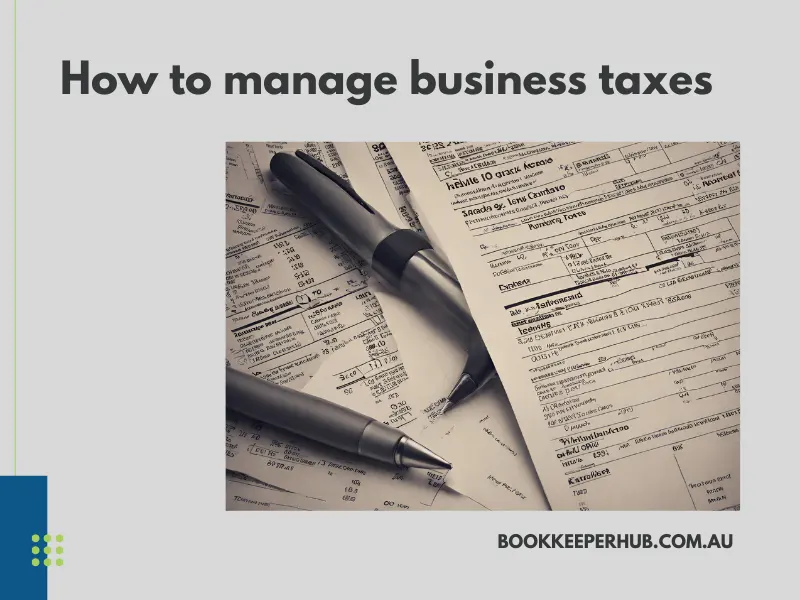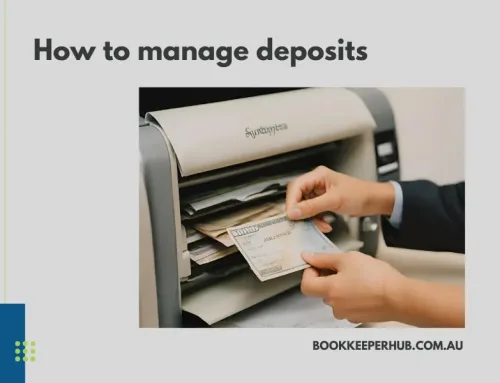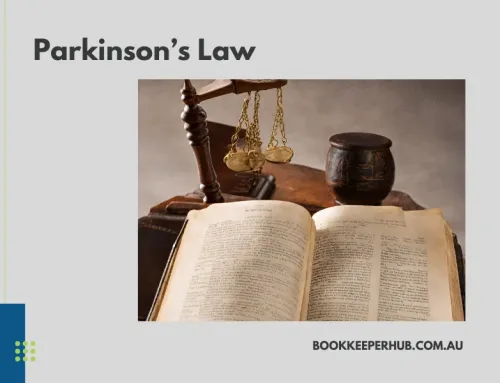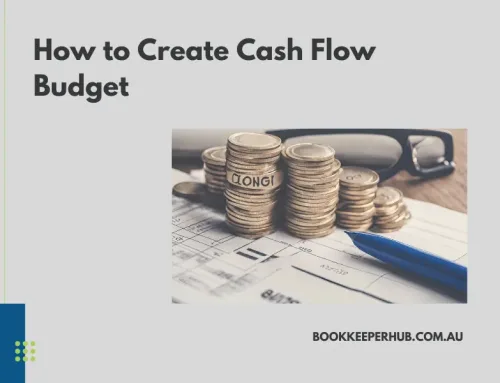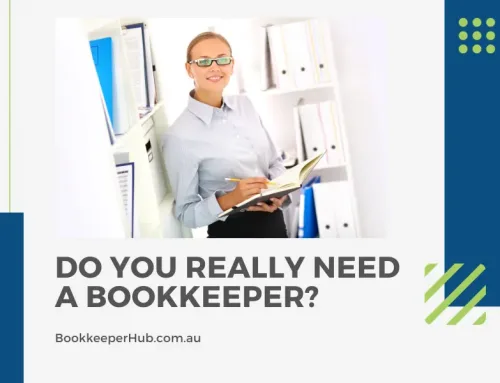I know tax is a really, really boring subject, I get it. I’m a bookkeeper, I’m an accountant, I don’t even really enjoy it. Well, I like taking money off the tax office and making you pay less, but I don’t like paying tax whatsoever.
Let’s explain how to manage your business taxes.
In businesses, there’s really three types of taxes that you have to deal with on a regular basis.
- One is GST.
- Two, is PAYG for staff.
- Three is business income tax.
GST, take it off the top when you get paid, talk to your accountant or your bookkeeper to work out what the average percentage of GST is that you pay a quarter and swipe that straight out of your business bank account into a tax account. Keep it there, keep it out of mind out of sight. Then when it’s time for your BAS to be paid, you’ve got that money sitting aside.
PAYG, the tax that your staff pay on their wages. Each week you calculate a gross wage, you take the tax out and you pay them a net amount. The smart thing to do is each week when you’re paying the wages, pay across that money for the PAYG into your tax account. So, when you’ve got to pay your BAS, it’s there the same as your GST. If you’re worried about super, a smart move is to swipe over there as well, just an idea.
The third one is business tax is the your income tax on your business. Again, your accountant or your bookkeeper can work out a percentage of what your income is that that needs to go for taxes each week, work out how much is there, swipe across to your tax account, even set a separate bank account up for your income taxes. This means that when your taxes are due, you’ve got those savings.
In a nutshell: You’ve got the amounts for your BAS, your super and your Income Tax. You never have to worry about the tax office again. If you want a system to do this, Profit First is the way to do it. I’m a Profit First accredited trainer. By all means, do the steps yourself, if you want some help to get it set up correctly, reach out.

